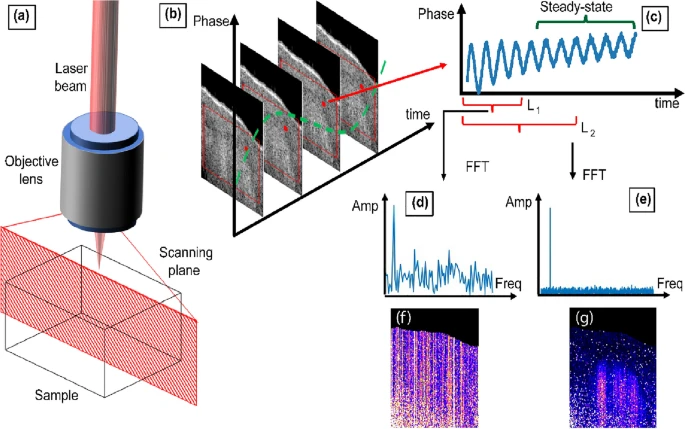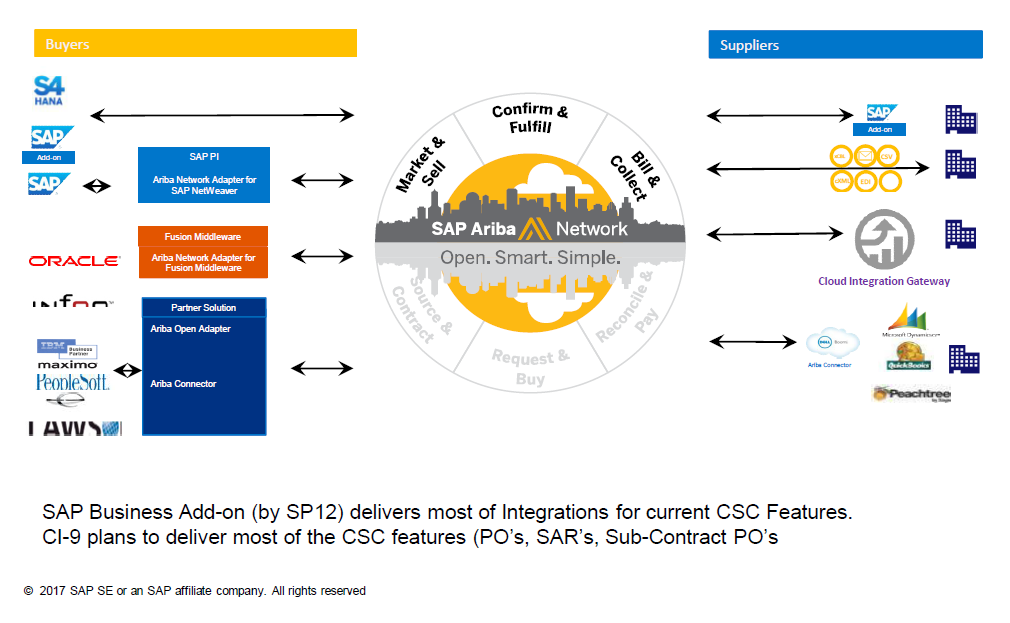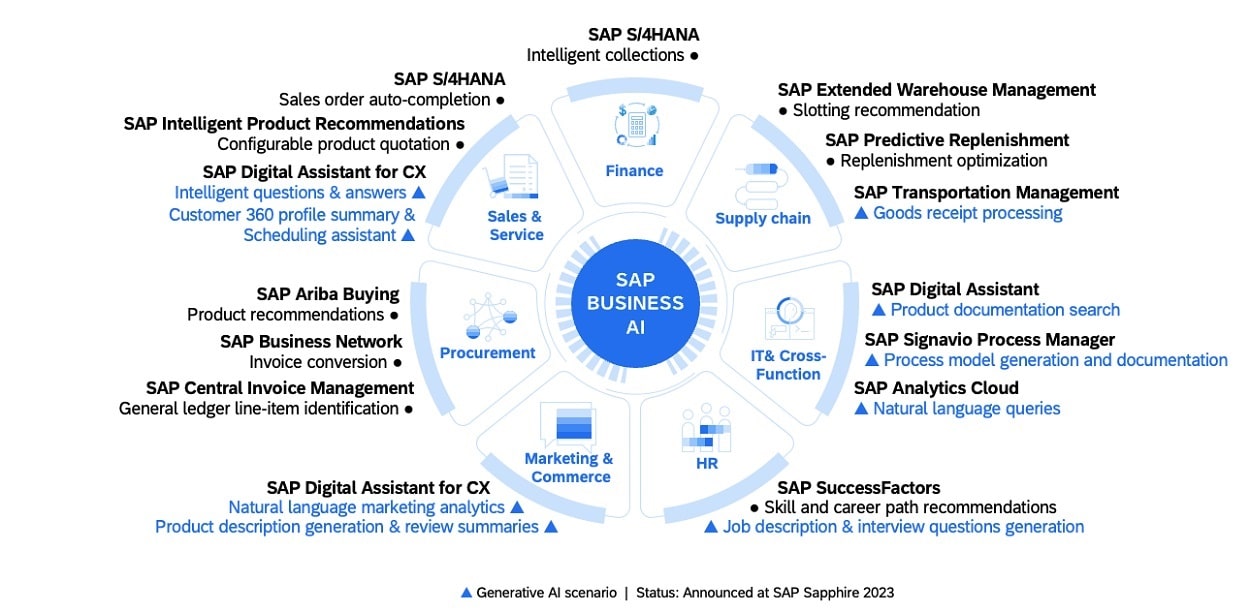%20concept%20with%20compass%20pointing%20towards%20text.jpg)
I remember sitting in a roadmap planning meeting back in early 2022. We had dashboards on one screen, feedback summaries on another, a live Jira board glowing from the middle of the room—and yet the conversation was stuck. Everyone had opinions. Nobody had clarity.
That was the moment I realized: we weren’t lacking data. We were drowning in it.
I've watched tools evolve dramatically over the past two decades, working across enterprise software, from integrating procurement platforms to leading cross-functional AI initiatives at SAP. But decision-making? That’s been slower to change.
Despite the analytics revolution, too many product strategies are still shaped by instinct, stakeholder pull, and static frameworks that haven’t adapted to how product ecosystems now operate.
That’s where AI changes the game. Not by replacing product judgment, but by sharpening it—helping teams define value, flag risks earlier, and move with confidence. In this piece, Akhil Kumar Pandey, a Principal Product Manager at SAP, breaks down exactly how his teams have put AI to work—from filtering out data noise to building systems that adapt in real time. If you're tired of AI hype and want the how, not just the why, keep reading.
From Guesswork to Clarity—What AI Really Changes
Let’s start with what AI is not. It’s not a replacement for product judgment. It doesn’t eliminate ambiguity. But it does make ambiguity easier to navigate.
Its power lies in expanding our field of vision—surfacing patterns across siloed systems, flagging overlooked risks, and providing context you didn’t know you were missing. AI brings signal where there used to be noise.
Here are three ways that have changed how I approach product strategy.
1. From Data Noise to Strategic Signal

Image: Nature
Most teams are surrounded by data—support logs, usage stats, app reviews, NPS scores—but few are equipped to translate that into action at scale. Insights hide in plain sight, scattered across systems and buried in unstructured formats. [1]
That’s where GenAI changed everything for us.
At SAP, we deployed large language models to scan thousands of global vendor contracts and procurement records. The model didn’t just summarize content—it identified risk trends across jurisdictions, flagged inconsistent terms, and connected themes we hadn’t manually caught before.
Instead of reviewing risk quarterly, we started making mitigation decisions weekly.
More importantly, it gave us the one thing we lacked: strategic visibility. Suddenly, our backlog wasn’t just a list. It was a map.
2. From Prioritization Theater to Responsive Planning
If you’ve ever defended a roadmap in front of executives, you’ve probably experienced “prioritization theater.” Scorecards. Weighted averages. Stakeholder influence masquerading as metrics.
I’m not saying RICE or MoSCoW are useless. But they’re static, and product environments aren’t.
So we connected our roadmap scoring at SAP to real-time signals: churn predictors, feature adoption spikes, support ticket clustering, even customer OKRs.[2] A feature marked low-priority in Q1? If churn indicators rose or competitive launches pressured our position, AI reflagged it for reconsideration.
The shift wasn’t just technical. It was cultural.
We stopped explaining roadmap pivots defensively. We started justifying them with momentum.
That’s what dynamic prioritization looks like. It turns planning from a ceremony to a system.
3. From Shipping Features to Shaping Experiences
Product value isn’t about how many features you ship. It’s about how long they stick.
With reinforcement learning models, we’ve started shaping flows that adapt as users move through them. In a multi-step procurement process, for example, if 40% of users dropped off at step four, the model adjusted reordering steps, introducing nudges, even skipping redundant approvals. [3]
Instead of waiting for lagging indicators—declining adoption, spike in support—we tuned the system to learn in-flight.
It made me rethink product management itself. We weren’t managing a backlog. We were managing behavior.
That’s a subtle but powerful shift: from interface design to outcomes architecture.
Operationalizing AI: Real Lessons, Real Outcomes
I’ve always been skeptical of frameworks that sound good on paper but fall apart in real-world complexity.
So here’s what this looks like in practice—from two major initiatives I’ve led.
Case Study: Total Workforce Management (TWM)
TWM integrates multiple platforms—Fieldglass, SuccessFactors, S/4HANA—into a single workforce orchestration layer. Decisions were slow, compliance reviews were tedious, and system alignment across HR, procurement, and finance was spotty at best.
We embedded a GenAI-backed planning engine with three capabilities:
- A domain-specific knowledge graph to connect fragmented systems
- A GenAI engine that summarized contracts and flagged compliance risk
- A predictive model that mapped talent availability to project demands
The impact was visible in less than two quarters:
- Decision cycles improved by 30%
- Manual compliance workload dropped 20%
- Team alignment went up, with no increase in headcount
But what I found most powerful was the shift in conversation. We weren’t just talking about process anymore. We were talking about confidence.
Case Study: Predictive Conflict Resolution in Ariba–S/4 Integration

Image: SAP Community
In one high-stakes project for an automotive client, Ariba updates routinely triggered downstream issues in S/4, and escalations became the norm. QA felt like a warzone.
We introduced a simulation layer that modeled how backend changes would ripple through upstream and downstream systems—flagging issues before they hit the QA floor.
AI didn’t just prevent failure. It redesigned the sequencing of our roadmap.
Results:
- 40% reduction in cross-functional escalations
- Stable delivery cadence that aligned engineering with business timelines
It was the first time in months that the teams stopped fighting and started collaborating again.
The Industry Is Catching Up—Fast
What we’ve seen inside SAP isn’t isolated. It reflects a broader shift in how product organizations are evolving.
- 80% of enterprises will adopt AI-powered decision frameworks by 2026 [4]
- Teams using AI in product lifecycle management see 25% faster time-to-market[5]
- GenAI-powered feedback analysis leads to 30% stronger alignment between roadmaps and customer needs [6]
These aren’t future-facing numbers. They’re today’s baseline. And falling behind isn’t about tools—it’s about thinking.
If You're Just Getting Started…

Image: Constellation Research
Here’s what I tell peers when they ask: Where do we begin?
1. Inventory Your Data
Don’t overthink this. Start with what you already collect—support logs, CRM records, survey data, and usage flows. We started with contract metadata and employee-project matching logs. It was enough.
2. Choose the Right Models
- Use GenAI for summarization and trend surfacing
- Use Predictive ML for churn, forecasting, or segmentation
- Use Reinforcement Learning for optimizing dynamic flows
3. Put AI in the Room
When our GenAI flagged two potential blockers two sprints early, it changed how we prioritized—and how we trusted the process.
4. Build AI Literacy
PMs need to know prompt design. Engineers need to know when to trust a model. Designers need to understand adaptive systems. You don’t need specialists—you need fluency.
5. Measure What Moves
Track real impact:
- Time saved in decision loops
- Precision of adoption or churn forecasts
- % of roadmap shifts driven by AI signals
At SAP, AI-guided reprioritization cut low-impact launches by 25%, freeing resources to focus on what mattered. [7]
What’s Next: Roadmaps, Personalization, and Alignment
The next wave is already taking shape:
Conversational Roadmaps

Image: The Burndown
Imagine uploading OKRs, backlog items, and recent user sentiment into an LLM—and getting a first-draft roadmap, complete with forecasted impact. That’s not fiction. Tools like Notion AI and Atlassian Intelligence are already doing this.[8]
Zero-Shot Personalization
AWS’s 2024 “Zero Adapt” framework enables apps to personalize for first-time users—no historical data needed. It cuts onboarding friction dramatically.
Automated Stakeholder Reporting
Salesforce’s Einstein Copilot now generates tailored updates: technical risks for engineering, ROI summaries for execs, and roadmap status for PMOs. AI is transforming how we communicate outcomes, not just build them.
The Human Layer: What AI Can’t Do for You
|
What AI Can Do |
What AI Cannot Do |
|
Generate quick results |
Generate results in novel situations |
|
Scan large databases and search facts in a few seconds |
Develop own unique insights |
|
Find mathematical and logical solutions with fewer errors |
Think intuitively and abstractly |
|
Make decisions based solely on objective criteria |
Engage in social interactions and communication |
|
- |
Have emotional intelligence |
AI helps us decide faster. But it doesn’t know why a decision matters.
It can surface a churn signal, but it can’t tell you if the customer behind that data is your next case study or a red flag. It can identify bias, but it can’t fix it without your judgment.
If left unchecked, AI can reinforce exclusion. A GenAI trained on legacy hiring data, for instance, might deprioritize candidates from non-traditional backgrounds without anyone realizing.
That’s why I treat AI like a junior analyst: smart, tireless, but still learning.
Final Thought
AI doesn’t replace leadership. It enhances vision.
I’ve watched teams change direction mid-meeting because an AI surfaced a risk no one caught. I’ve seen roadmap priorities shift from instinct to insight. I’ve watched product teams stop reacting—and start anticipating.
And I’ve seen what happens when we stop guessing.
In a world where velocity is no longer enough, clarity is your competitive edge.
AI won’t steer the ship. But it will sharpen your compass.
And sometimes, that’s all you need to find the right direction.
About the Author
Akhil Kumar Pandey – Principal Product Manager, SAP
I’ve spent my career at the intersection of enterprise software, intelligent systems, and product strategy. From my early days as a developer in Bangalore to leading cross-functional product teams in Silicon Valley. My focus is on turning raw signal into strategic action—and helping teams stop guessing and start anticipating.
References
[1] HP (2023). What is AI noise reduction and how does it work?
https://www.hp.com/us-en/shop/tech-takes/ai-noise-reduction
[2] SAP (2024). Using AI and Machine Learning in SAP Integrated Business Planning.
https://help.sap.com/docs/SAP_INTEGRATED_BUSINESS_PLANNING/68fa1e86fe6f41d98421d1ce13a08a9f/a4ed76f3d902423f89cb5899b56cb5a0.html
[3] FarEye (2023). How Artificial Intelligence is Transforming Last-Mile Delivery Management.
https://fareye.com/resources/blogs/ai-delivery-management
[4] Gartner (2023). More Than 80% of Enterprises Will Have Used Generative AI APIs or Deployed Generative AI-Enabled Applications by 2026.
https://www.gartner.com/en/newsroom/press-releases/2023-10-11-gartner-says-more-than-80-percent-of-enterprises-will-have-used-generative-ai-apis-or-deployed-generative-ai-enabled-applications-by-2026
[5] Wire19 (2024). The Impact of Generative AI: Faster Time to Market and More Agile Development Cycles.
https://www.wire19.com/the-impact-of-generative-ai-faster-time-to-market/
[6] Alomari, M., & Alomari, H. (2024). Artificial Intelligence in Sales and Marketing: Enhancing Customer Satisfaction, Experience, and Loyalty.
https://www.researchgate.net/publication/380693335_Artificial_Intelligence_in_Sales_and_Marketing_Enhancing_Customer_Satisfaction_Experience_and_Loyalty
[7] Wang, R. Y. (2023). SAP Aims to Infuse Generative AI Throughout Its Applications: Here’s Everything from SAP Sapphire.
https://www.constellationr.com/blog-news/sap-aims-infuse-generative-ai-throughout-its-applications-heres-everything-sap-sapphire
[8] The Burndown (2023). OKRs: Working Title – Are They Really Working for Product Teams?
https://theburndown.com/okrs-working-title/







